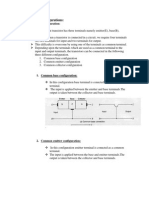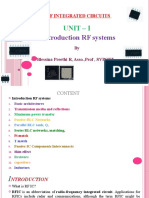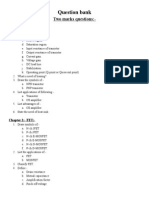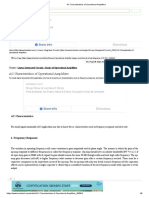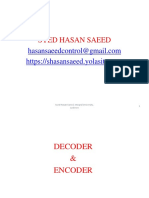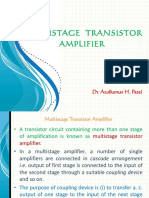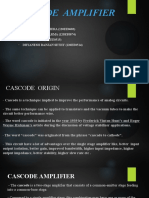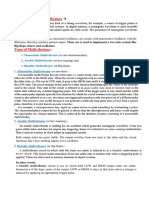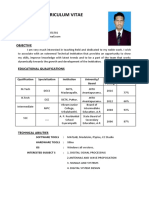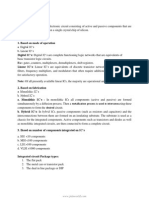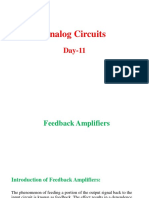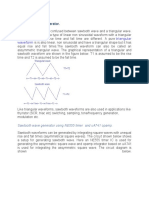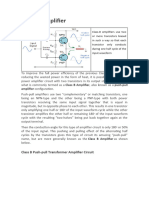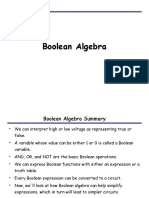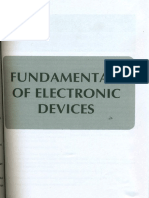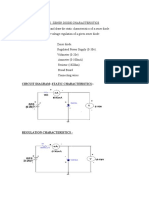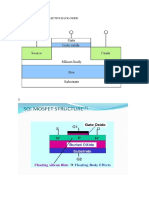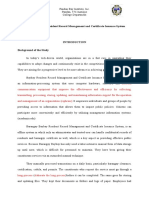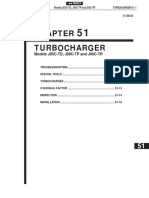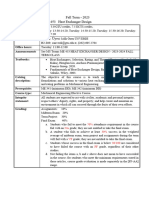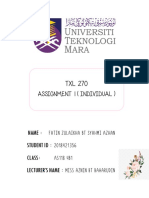0% found this document useful (0 votes)
861 views4 pagesAdvantages of Class B Push Pull Amplifier Over Class A
The Class B push pull amplifier is similar to the Class A push pull amplifier except it does not have biasing resistors, meaning the two transistors are biased at the cutoff point. This allows for better power output and higher efficiency of up to 78.5%. The advantages are ability to work with limited power supplies and absence of even harmonics in the output. Disadvantages include higher harmonic distortion and need for a well-regulated power supply. The circuit uses two transistors with input signals of opposite phase applied to each base to alternately turn the transistors on and off, generating an amplified output signal.
Uploaded by
Anonymous eWMnRr70qCopyright
© © All Rights Reserved
We take content rights seriously. If you suspect this is your content, claim it here.
Available Formats
Download as DOCX, PDF, TXT or read online on Scribd
0% found this document useful (0 votes)
861 views4 pagesAdvantages of Class B Push Pull Amplifier Over Class A
The Class B push pull amplifier is similar to the Class A push pull amplifier except it does not have biasing resistors, meaning the two transistors are biased at the cutoff point. This allows for better power output and higher efficiency of up to 78.5%. The advantages are ability to work with limited power supplies and absence of even harmonics in the output. Disadvantages include higher harmonic distortion and need for a well-regulated power supply. The circuit uses two transistors with input signals of opposite phase applied to each base to alternately turn the transistors on and off, generating an amplified output signal.
Uploaded by
Anonymous eWMnRr70qCopyright
© © All Rights Reserved
We take content rights seriously. If you suspect this is your content, claim it here.
Available Formats
Download as DOCX, PDF, TXT or read online on Scribd
/ 4




